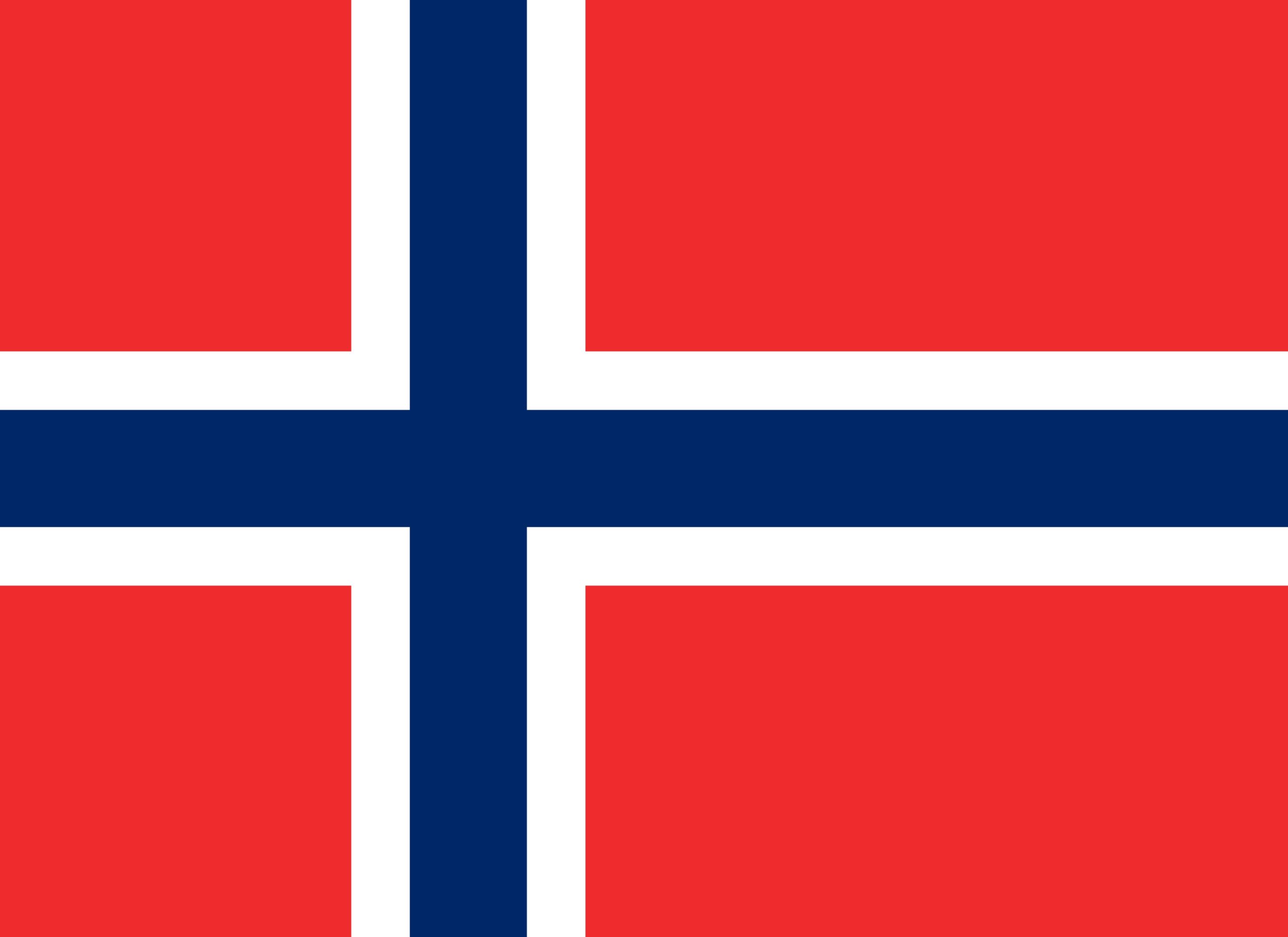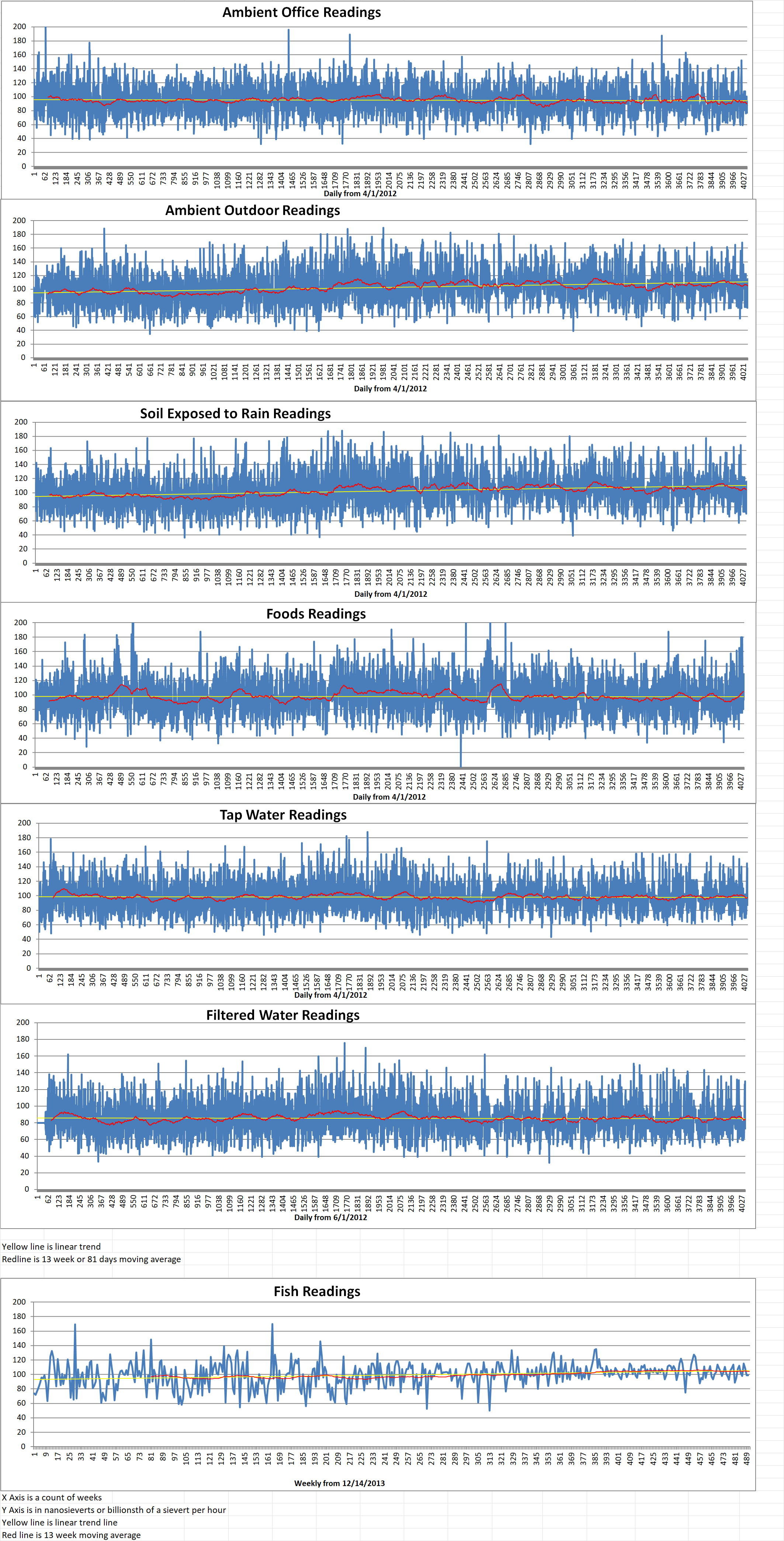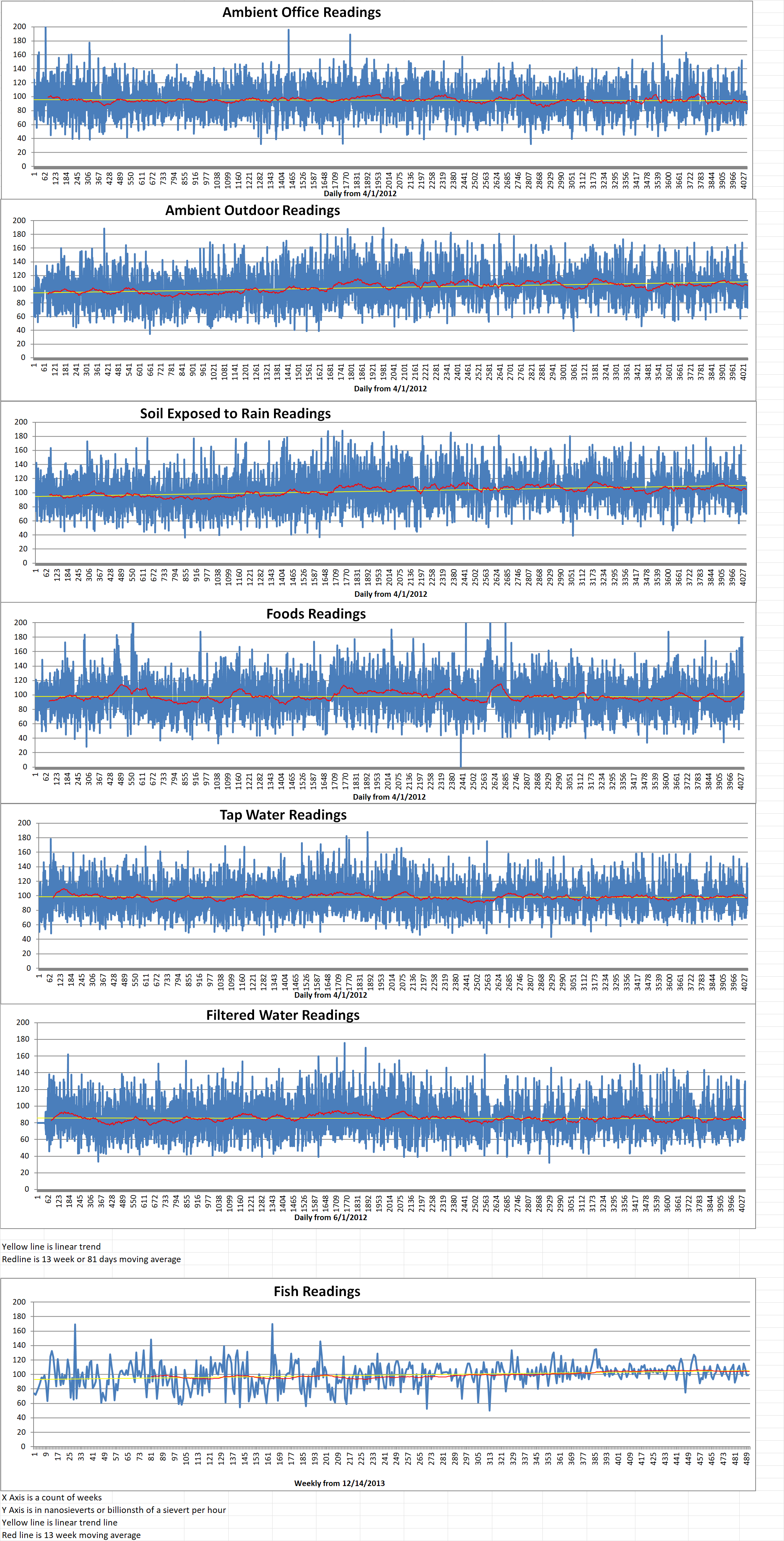Norsk Kjernekraft (NK) has submitted a proposal to Norway’s Ministry of Oil and Energy for an assessment of the possibility of constructing a nuclear power plant based on multiple small modular reactors (SMRs) in the municipalities of Aure and Heim. NK said that this marks the first formal step towards the construction of country’s first nuclear power plant.
According to the preliminary plan, the new power plant will be located in a common industrial area in the border region between Aure and Heim. NK noted that other areas in the municipalities may also be relevant. The plant will consist of several SMRs. Together they will generate around twelve terawatts of electricity annually. This corresponds to an increase in power production of about eight percent.
NK signed an agreement of intent earlier this year on the investigation of nuclear power prospects with several municipalities which include Aure and Heim.
In June, NK signed a letter of intent with TVO Nuclear Services to jointly investigate the deployment of SMRs in Norway. TVO is a consulting company wholly owned by Finnish utility Teollisuuden Voima Oyj. The cooperation agreement included the assessment of the suitability and effectiveness of the development of nuclear power in the Norwegian municipalities of Aure, Heim, Narvik and Vardø.
Together with NK, Aure and Heim have now found a suitable area. The new plant is “to ensure that the municipality’s greenhouse gas emissions are reduced, while at the same time further green industry can be established”.
An environmental impact assessment can begin once the proposal for the new plant has been approved by the Ministry of Oil and Energy. NK said that it was planning a transparent process with the public. The involvement of the local population will be important.
First, the impact assessment will have to show that the facility can be built within acceptable limits. Then licensing processes will follow in accordance with Norwegian laws and regulations. After these two phases are complete, construction can finally start. NK noted that several important milestones must be achieved before major investments and final decisions can be made.
Jonny Hesthammer is the CEO of NK. He said, “Aure and Heim are in the running, and with political will and acceptance among the citizens, we can have nuclear power in place in 10 years, depending on how quickly the authorities process the application. Half of Norway’s total energy consumption is still fossil fuels. The power plant planned in Aure and Heim will thus contribute to significant electrification and emission reductions. With good maintenance, the plant can last up to a hundred years. It will therefore be able to deliver cheap electricity to the inhabitants for many decades after it has been paid off.”
NK intends to construct, own and operate SMR power plants in Norway in collaboration with power-intensive industries. It states that it will prepare license applications in accordance with national regulation and international standards. NK will follow the International Atomic Energy Agency’s approach for milestones. It will focus on what creates value in the early phase. Financing will occur in collaboration with capital-strong industry and solid financial players.
Last July, NK and Denmark’s Seaborg signed a letter of intent to study the deployment of Seaborg’s compact molten salt reactor in Norway. However, NK has said that it intends to initially establish SMRs based on conventional nuclear technology.
Blog
-

Nuclear Reactors 1297 – Norsk Kjernekraft Is Studying The Deployment of Small Modular Reactors In Norway
-
Nuclear News Roundup November 01, 2023
Presidential aspirants agree on renewables, diverge on nuclear energy focustaiwan.tw
China and the United States Hold their First Nuclear Security Talks in Years unidispatch.com
Foundation in place for first mega cooling tower at Lianjiang world-nuclear-news.org
Biden, Xi set to pledge ban on AI in autonomous weapons like drones, nuclear warhead control finance.yahoo.com
-

Geiger Readings for November 01, 2023
Ambient office = 100 nanosieverts per hour
Ambient outside = 95 nanosieverts per hour
Soil exposed to rain water = 97 nanosieverts per hour
Avocado from Central Market = 73 nanosieverts per hour
Tap water = 105 nanosieverts per hour
Filter water = 91 nanosieverts per hour
-

Nuclear Reactors 1296 – Analysis Of Need For Australia To Construct Nuclear Power Plants – Part 2 of 2 Parts
Part 2 of 2 Parts (Please read Part 1 first)
Nuclear advocates claim that Australia has no choice. They say that wind and solar are intermittent power sources. They claim that the cost of making them reliable is too high.
Here is a comparison of the cost of reliably delivering a megawatt hour of electricity to the grid from nuclear power versus wind and solar power. According to the Commonwealth Scientific and Industrial Research Organization (CSORO) and energy market analyst Lazard Ltd, nuclear power has a cost of one hundred and forty dollars to two hundred and thirty dollars per megawatt hour produced.
Without subsidies or state finance, the four plants mentioned above generally meet or beat the high end of this range. In contrast, Australia is already building wind and solar plants at under forty-five dollars and thirty-five dollars respectively. This is about one tenth of the cost of nuclear power.
The CSIRO has also estimated the cost of renewable energy that has been made reliable, mainly by batteries and other storage technologies. Australia could build a renewables grid big enough to meet current demand twice over and still pay less than half the cost of nuclear power.
Proponents of nuclear power say that small modular reactors (SMRs) offer the possibility of being produced at scale. This may finally allow nuclear power to harness Wright’s law.
However, commercial SMRs are still years from deployment. NuScale is a U.S. SMR company. It is scheduled to construct two nuclear power plants in Idaho by 2030. Ground has not yet been broken for these projects, but the on-paper costs have already risen to about one hundred and ninety dollars per megawatt hour.
SMRs are still decades away from broad deployment. If early examples work well, in the 2030s there will be a round of early SMRs in the U.S. and European countries that have existing nuclear skilled workers and nuclear supply chains. If that goes well, there may be a serious rollout from the 2040s onwards.
In these same decades, solar, wind and storage will still be descending the Wright’s law cost curve. Last year the Morgan administration was promoting the goal of getting solar below fifteen dollars a megawatt hour by 2030. SMRs would have to achieve inconceivable cost reductions to be economically competitive.
SMRs might be necessary and competitive in counties with no renewable energy resources. However, Australia has the richest combined solar and wind resources in the world.
The big question is whether Australia should lift its ban on nuclear power. A repeal would have no practical effect on what happens in electricity markets. However, it might have important political effects.
A future Australian leader might seek short-term advantage by offering huge subsidies for construction of nuclear power plants. The true costs would arrive years after any such leader had left office. That would be a disaster for Australia. With unmatched solar and wind resource, Australia has the chance to deliver the cheapest electricity in the industrial world.
Mr. Dutton may be correct that the ban on nuclear energy is not necessary. However, in terms of getting to net zero emissions as quickly and as cheaply as possible, Mr. Bowen has the relevant argument. One assessment from the U.K. said nuclear power for Australia would be “economically insane”. -
Nuclear News Roundup October 31, 2023
Nuclear stealth bomber, the B-21 Raider, takes first test flight defensenews.com
Former US reactor site released for unrestricted use world-nuclear-news.org
Hungary says Romania to continue to allow nuclear fuel transport world-nuclear-news.org
US and South Korea sharpen deterrence plans over North Korean nuclear threat local10.com
-

Geiger Readings for October 31, 2023
Ambient office = 115 nanosieverts per hour
Ambient outside = 130 nanosieverts per hour
Soil exposed to rain water = 126 nanosieverts per hour
Zuccinni from Central Market = 74 nanosieverts per hour
Tap water = 123 nanosieverts per hour
Filter water = 106 nanosieverts per hour
-

Nuclear Reactors 1295 – Analysis Of Need For Australia To Construct Nuclear Power Plants – Part 1 of 2 Parts
Part 1 of 2 Parts
Concern about climate change has brought nuclear power back into the Australian media. Opposition leader Peter Dutton claimed that nuclear power is “the only feasible and proven technology” for cutting CO2 emissions. Energy Minister Chris Bowen responded by saying that Mr. Dutton is promoting the “the most expensive form of energy”.
A great part of the rejection of nuclear power is concern about safety. However, nuclear power supporters claim that the risk from modern nuclear plants is much lower than that of fossil fuels.
Major failures in design and operation incompetence caused the Chernobyl disaster. It has been claimed that no one died at Three Mile Island or from the Fukushima disaster. However, this does not account for fatal cancers which can take decades to manifest. On the other hand, the deaths of nine million people a year can be attributed to polluted air from fossil fuel combustion.
Two more common factors may help to explain why nuclear power has been cut in half as a share of global energy production since the 1990s. These two factors are time and money.
There are four strong arguments against investment in nuclear power. These include Olkiluoto 3, Flamanville 3, Hinkley Point C, and Vogtle.
Cost overruns at these recently constructed commercial nuclear power reactors averaged over three hundred percent. The cost of Vogtle rose from fourteen billion dollars to thirty-four billion dollars. The cost of Flamanville 3 rose from five billion dollars to thirty-one billion dollars. The cost of Hinkley Point C rose from thirty billion dollars to one hundred and thirty billion dollars. Completion of Vogtle was delayed seven years, Olkiluoto was delayed fourteen years and Flamanville was delayed at least twelve years.
A fifth case is Virgil C in the U.S. Fourteen billion dollars was spent before cost overruns resulted in the project being canceled. Three companies built these five nuclear projects, including Westinghouse, EDF, and AREVA. All three either went bankrupt or were nationalized. Consumers, companies and taxpayers will be paying for these cost overruns for decades.
In contrast, the average cost overruns for wind and solar are about zero. They are the cheapest of all energy infrastructures.
Wright’s law states that the more a technology is produced, the more its cost falls. Wind, solar and lithium-ion have all experienced enormous cost declines over the past two decades.
However, for nuclear energy, Wright’s law has been inverted. The more capacity installed; the more costs have risen. A 2020 MIT study found that safety improvements accounted for about thirty percent of nuclear cost increases. However, the lion’s share of the cost increase was due to persistent flaws management, design and supply chains.
In Australia, such cost overruns and delays would ensure that emission reduction targets would be missed. They would also result in spiraling electricity costs, as the grid waited for generation capacity to be added way beyond the original estimated completion date. For fossil fuel companies and their political supporters, this is the real attraction of nuclear power. They would have another decade or two of sales at inflated prices.
Please read Part 2 next -
Nuclear News Roundup October 30, 2023
Ministerial approval for NexGen uranium project world-nuclear-news.org
Akkuyu 3 reactor pressure vessel delivered world-nuclear-news.org
Landmark nuclear fusion deal struck by US and UK independent.co.uk
Future of California nuclear plant uncertain 1 year after judge extended operations until 2030 foxnews.com
-

Geiger Readings for October 30, 2023
Ambient office = 122 nanosieverts per hour
Ambient outside = 95 nanosieverts per hour
Soil exposed to rain water = 97 nanosieverts per hour
White onion from Central Market = 127 nanosieverts per hour
Tap water = 103 nanosieverts per hour
Filter water = 89 nanosieverts per hour
-
Nuclear News Roundup October 29, 2023
US nuclear sub offers show of force in the Middle East Aljazeera.com
Advocates fear NH clean energy proposal would pit nuclear against solar, wind newhampshirebulletin.com
UAMPS and NuScale Power Terminate SMR Nuclear Project powermag.com
The Air Force asks Congress to protect its nuclear launch sites from encroaching wind turbines apnews.com
